Posts posted by Doug
-
-
-
-
-
-
-
-
-
-
Edited by Doug
13 minutes ago, Jimmy Snacks said:Beautiful weather today at Road America and Daytona…this whole thing has been a debacle.
LoL we told a guy from Nascar that the weather is great in Elkhart Lake. He said we should of never left there.
There's some cool things here and unique but to many uncontrollable factors.
After practice and seeing their fuel mileage the teams are concerned that they will not have enough gas with 4 cans to finish the full race if it goes the full distance. They cannot get to us without crossing the track. Nascar may stage team members from each team throw a caution to let them cross the track with one more fuel can. Then have another caution when they are staged again to get back to the pits
-
8 minutes ago, ckf said:
How does it look for getting the race started?
What we're hearing is Nascar wants to wait until tomorrow. The city is firm wants to start getting the streets opened back up starting tonight and will not pay for another day for security and fire protection.
Just a gut feeling is they'll start the race and call it when it gets dark. We'll see.
Just heard a mounted tire is flowing down pit lane
-
-
-
-
-
-
-
-
-
-
-
-
-
Edited by Doug
6 minutes ago, Jimmy Snacks said:That is just assinine.
He got promoted from one of the other crews that they had a high turnover on. Many on his crew would quite but he's was really a suck ass to the big boss and got a promotion last month.
We had a energetic conversation earlier today when I asked him to get additional decals. I was told he doesn't report to me. It went further down hill from there.
-







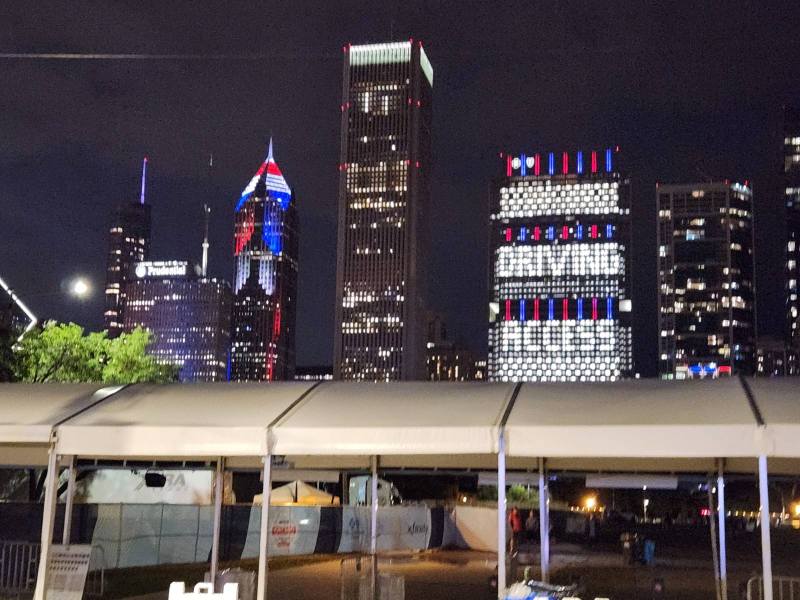
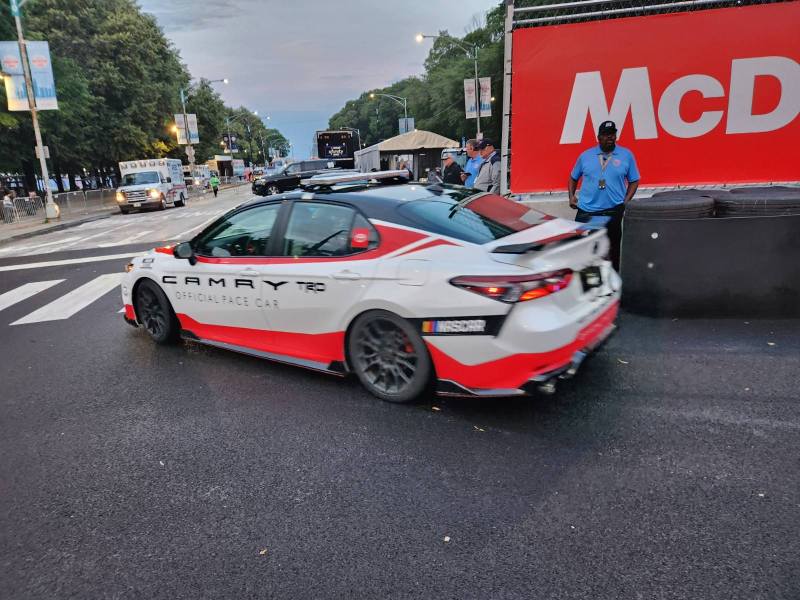






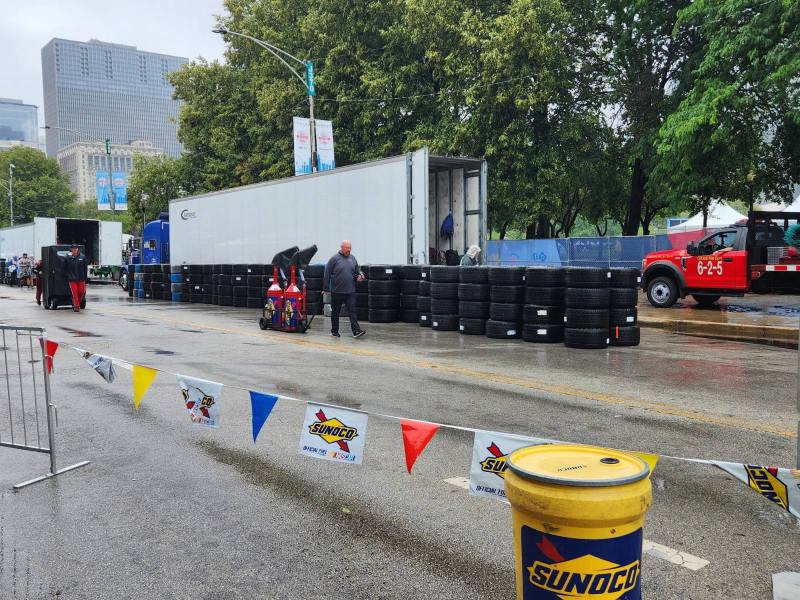

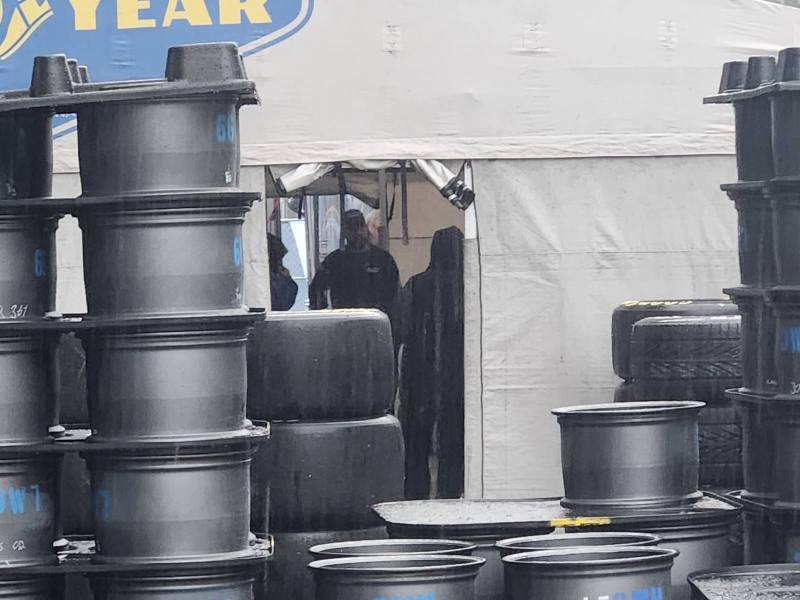

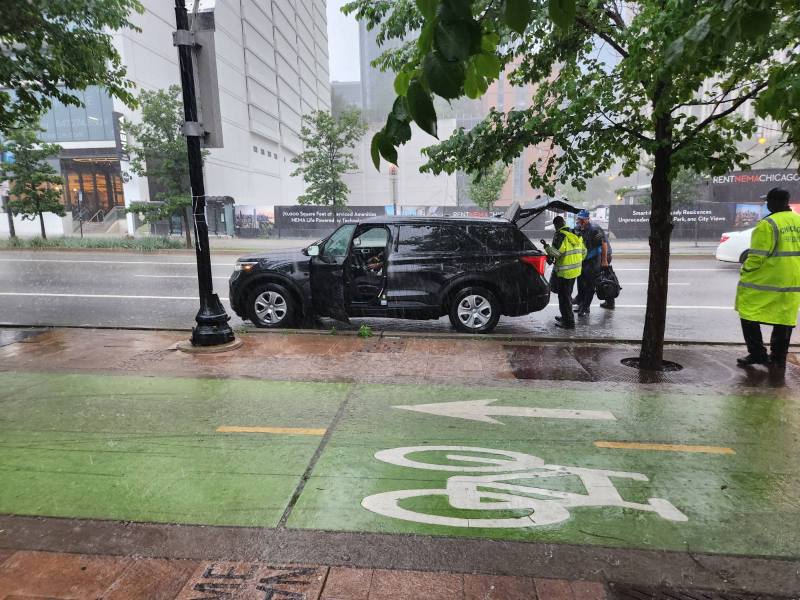




*****Official F7BENS NASCAR 2023 Thread*****
in Current Events
Air Titans ended up going through 472.5 gallons of fuel to dry the track
All and all things went better than we expected. The minor problems we had were workable and everybody involved was helpfully and easy to work with.
Sounds like it was a good race. I don't need to work with little Hilter until Kansas so we will be able to watch the race in Elkhart Lake and Milwaukee on TV.
One of our crew backed out of Michigan because of little Hilter. I got asked to do that race but in a marriage saving move declined.
Nascar wanted to move the race to Monday but the city of Chicago was a firm no because of the added cost of security and having city streets shut down longer.
There is a clause in the contract for the next 2 years for either party to backout but it comes with a 40 million dollar price tag.
Heard a wide range of the price to put this race on so don't know for sure. New mayor and some alderman were not happy with the way the original deal came down. It will probably come down to a financial decision by both parties for the next 2 years
From what we seen and heard the crowd was very favorable of the event. To bad the weather had such an effect on the event